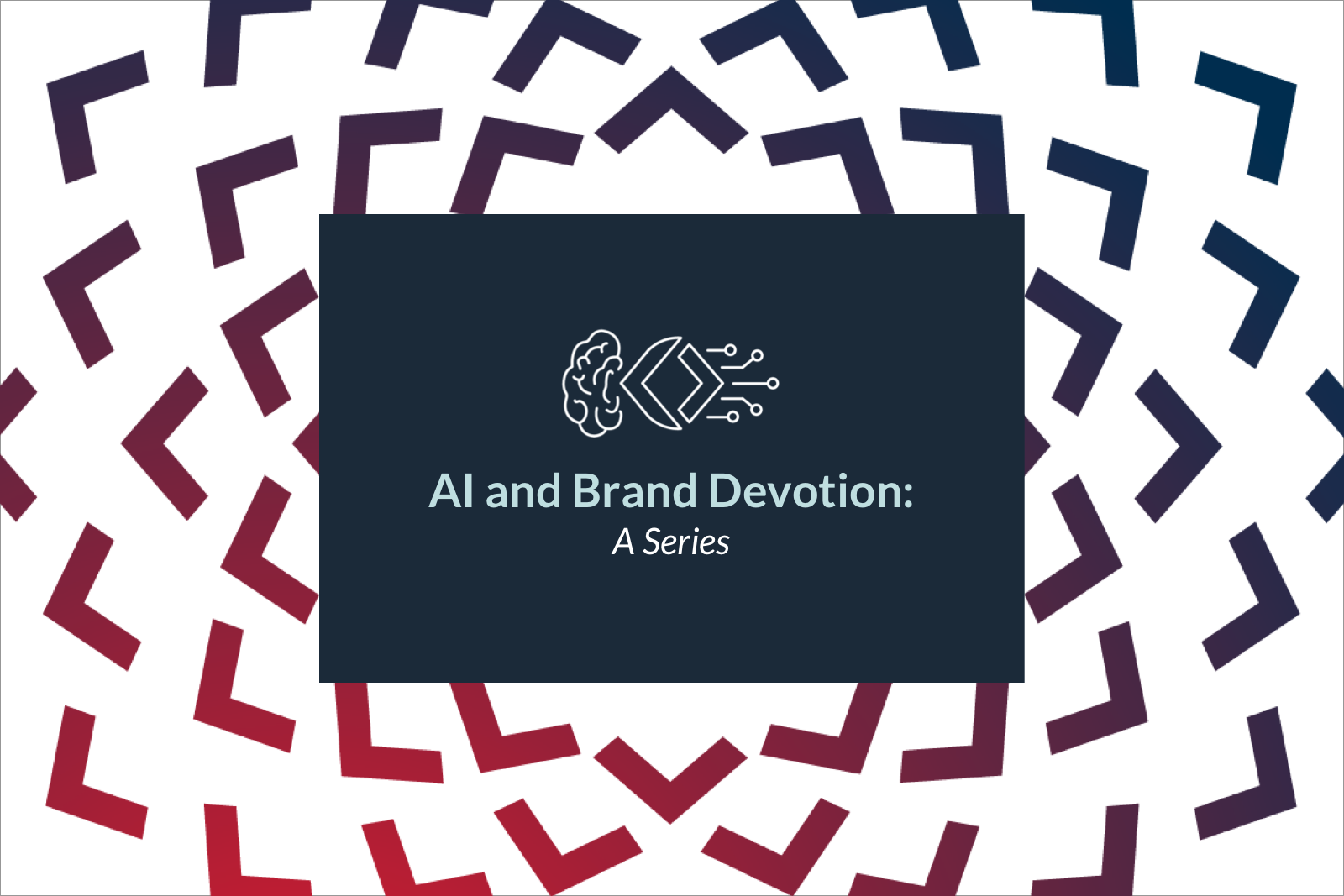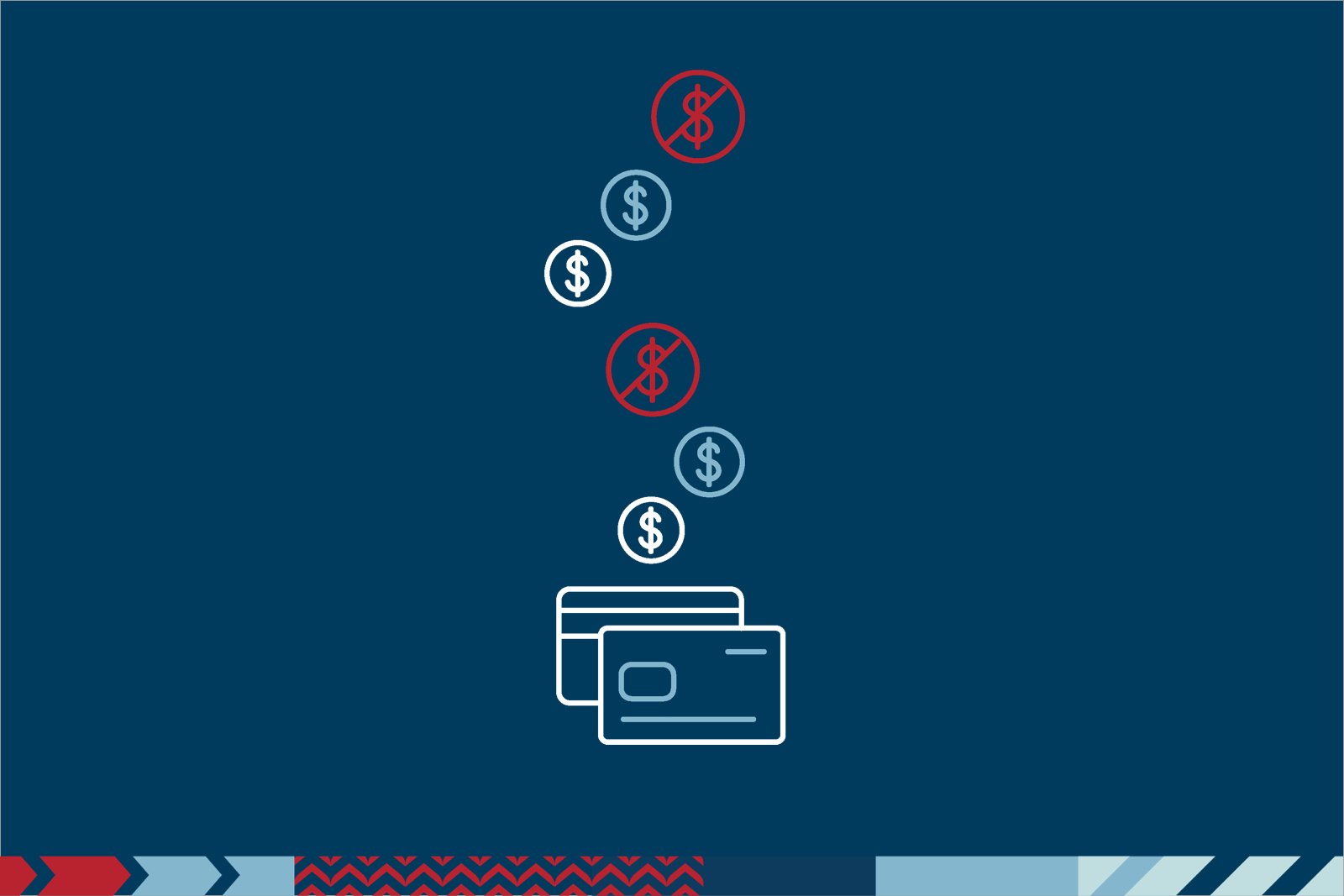AI Marketing Lessons from The Jetsons


Since the early 1960s, TV viewers have been fascinated by the futuristic way of life depicted in Hanna-Barbera’s iconic animated show The Jetsons. What stands out most in the series is how quirky machines and robots are part of everyday family life, creating all sorts of new conveniences and experiences.
 It’s amazing to see how closely the show’s imagined future aligns with today’s AI-driven smart appliances and devices. In fact, some of the fictional household tools already exist—for example, an automatic robot vacuum, video calls, smart homes, and wearable tech. And it won’t be surprising to see more of the show’s ideas debuting as real products soon. (Though probably not Spacely space sprockets or Cogswell cogs.)
It’s amazing to see how closely the show’s imagined future aligns with today’s AI-driven smart appliances and devices. In fact, some of the fictional household tools already exist—for example, an automatic robot vacuum, video calls, smart homes, and wearable tech. And it won’t be surprising to see more of the show’s ideas debuting as real products soon. (Though probably not Spacely space sprockets or Cogswell cogs.)
Just as the Jetsons use AI tools to advance or simplify everyday tasks, marketers have at their disposal new AI-driven tools to do the same. With the recent explosion of generative AI tools, this parallel is closer than ever, particularly to major CRM platforms, including Adobe and Salesforce, as well as popular specialized marketing tools, such as personalization specialists Movable Ink and content generator Phrasee.
Let’s explore the somewhat surprising similarities between the futuristic technology dreamed up for ’60s TV and AI-driven marketing tools that are available now for engagement optimization, content generation, and personalization.
AI-driven engagement optimization
After watching even one episode of The Jetsons, you quickly realize the family’s deep dependence on AI tools to meet their daily needs. This provides a great illustration for how marketers can use AI tools to optimize engagement with their unique audiences. When it comes to optimizing campaign engagement, marketers now have an abundance of AI tools to increase delivery, open, and click rates.
Nothing is more important for campaign success than getting the message seen. Yet too many brands struggle with delivery rate due to oversaturation of messages, particularly with email: Sending too many messages can signal spammer potential to email service providers (ESPs), often resulting in inhibited delivery rates and low engagement. But the magic number for the ideal volume of sends is a mirage. Every recipient has a unique level of interest with a brand, and that fluctuates over time.
To help marketers overcome this issue, Adobe and Salesforce now offer AI-driven tools to manage send frequency—all the way down to the individual recipient. As shown in this image, Salesforce offers a dynamic engagement score for each list recipient as part of its Einstein suite of tools. The score determines the right frequency of delivery to prevent over- and undersaturation of messages. Adobe has a similar capability with its Sensei engagement-frequency tool.

AI-boosted open rates
Another major engagement-optimization question pertains to boosting open rates, a key component of which is timing. For brands that reach customers across multiple time zones, knowing when to send a message is rather tricky. Delivering timely messages globally has been nearly impossible to coordinate.
However, one of the first AI-driven campaign tools, called send-time optimization (STO), solved this problem. Instead of using time zones to determine when to send to each audience segment, the STO tool looks at individual message open and view patterns by time of day, no matter the time zone. Hypothetically, an early riser on the West Coast could open email at the same time as a late riser on the East Coast.
Adobe and Salesforce also have evolved similar AI tools to leverage predictive capabilities. Both platforms have extended the tool application to mobile messaging for scheduled push and text messages.
AI-fueled personalization
Though messages can now be delivered at the optimal rate and time to create more opens, it is still imperative to drive clicks or taps to increase engagement. This is where content optimization is critical, and other AI-driven tools—like Movable Ink—can accelerate success outcomes.

Movable Ink is a prominent content-personalization tool that goes beyond dynamic insertion of copy to include layouts and visuals across multiple channels. This image displays the many opportunities for personalization of content to include customer information and preferences, regional dynamics, and more.
AI-driven content generation
 With the launch of ChatGPT in late 2022, it seems we’re closer to a Jetsons reality than ever before. Adobe’s Sensei GenAI and Salesforce’s Einstein GPT releases this year put generative AI campaign tools in the tool kit for marketers. At the core of these offerings is the ability to streamline campaign creation by leveraging prompted recommendations, much like the dining and wardrobe suggestions Jane and George Jetson receive daily from their AI tools.
With the launch of ChatGPT in late 2022, it seems we’re closer to a Jetsons reality than ever before. Adobe’s Sensei GenAI and Salesforce’s Einstein GPT releases this year put generative AI campaign tools in the tool kit for marketers. At the core of these offerings is the ability to streamline campaign creation by leveraging prompted recommendations, much like the dining and wardrobe suggestions Jane and George Jetson receive daily from their AI tools.
 Additionally, these tools go beyond traditional AI into machine learning to add a deeper level of sophistication to campaigns and increase overall effectiveness, based on learned audience insights from previous campaigns. The more training the tools have, the more strategic the recommendations become.
Additionally, these tools go beyond traditional AI into machine learning to add a deeper level of sophistication to campaigns and increase overall effectiveness, based on learned audience insights from previous campaigns. The more training the tools have, the more strategic the recommendations become.
As shown in this example from Adobe’s platform, a marketer can get guidance on how to best tailor new content to a specific audience segment. In addition to implementing the tips provided, marketers can use actionable buttons to instruct the tool to generate content for them.
 The Salesforce example shows subject lines the tool generated quickly for a new campaign based on previous top-performing campaigns to the selected audience. It would take hours of work for a human to conduct this analysis and provide copy recommendations. Yet Einstein GPT delivers those results in a matter of milliseconds. It’s important to note, however, that AI-generated copy recommendations are merely starting points and professional copywriters should fine-tune them to the right context, brand voice, and tone.
The Salesforce example shows subject lines the tool generated quickly for a new campaign based on previous top-performing campaigns to the selected audience. It would take hours of work for a human to conduct this analysis and provide copy recommendations. Yet Einstein GPT delivers those results in a matter of milliseconds. It’s important to note, however, that AI-generated copy recommendations are merely starting points and professional copywriters should fine-tune them to the right context, brand voice, and tone.
AI-created marketing imagery
The real magic, though, happens with generative AI image creation. Adobe fully infused this capability into its platform with the launch of Firefly in spring 2023. Salesforce and a litany of companies offering similar tools quickly followed. The example below shows how a marketer can quickly manipulate an image to best meet specific campaign needs.
The primary benefit of Adobe Firefly is the embedded tool in the campaign-creation process, supporting the streamlined campaign development benefit of generative AI campaign tools.
 The main benefit is a big step toward full hyper-personalization of campaigns: Embedding AI image generation using Firefly or its equivalent tools in campaigns allows marketers to leverage a new and potentially powerful way to further personalize with iterative campaign visuals.
The main benefit is a big step toward full hyper-personalization of campaigns: Embedding AI image generation using Firefly or its equivalent tools in campaigns allows marketers to leverage a new and potentially powerful way to further personalize with iterative campaign visuals.
The arrival of truly intelligent CRM and precision marketing
Throughout episodes of The Jetsons, we see the AI robots and tools take on a more prominent role as advisors and even teachers. In fact, the Jetsons’ family robot is portrayed as an integral part of the family unit, often helping the characters correct course. For marketers, this level of AI support is now in place to ensure effective campaign creation and engagement optimization.
Tips for adopting AI-driven campaign tools into your marketing practice:
-
Marketing teams should scale up, not down, to leverage the greater campaign possibilities AI tools offer. These tools can augment existing manually driven campaign tasks and free up time the team can reallocate to new campaign opportunities.
-
The only thing these tools lack is imagination. Marketers can now think bigger and differently about all facets of campaigns, from design to testing.
-
With full precision marketing at marketers’ fingertips, the focus should be on deeper journey moments and trigger opportunities.
As the AI explosion continues, the opportunities for marketers to do more will keep growing. Never have we encountered such rapid advancement with marketing technology and tools. Companies that implement the right AI-driven campaign tools will see results that even the imaginative writers of The Jetsons never dreamed of.
Todd Hedberg is senior director, digital strategy, for The Lacek Group, a Minneapolis-based data-driven loyalty, experience, and customer engagement agency that has been delivering personalization at scale for its world-class clients for more than 30 years. The Lacek Group is an Ogilvy company.
GIF credits:
Tenor.com: thewebhead
Giphy.com @BoomUnderground

